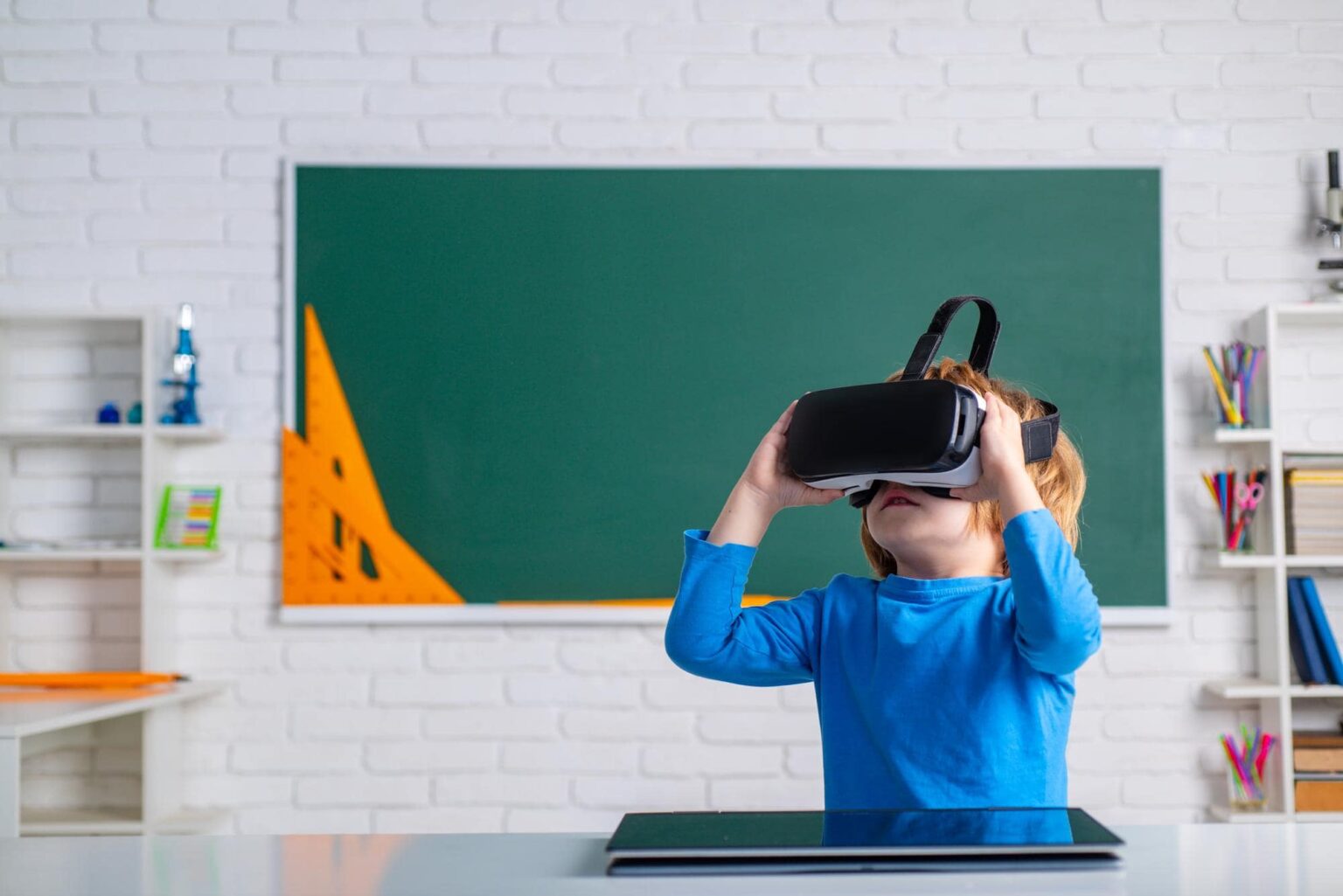AR (Augmented Reality) and VR (Virtual Reality) technologies have tremendous potential to enhance learning experiences and provide immersive education in various fields. By blending the virtual world with the real world, AR/VR technologies can create interactive and engaging learning environments that promote active participation, critical thinking, and knowledge retention. Here are some ways AR/VR can be utilized in education:
- Virtual Field Trips: AR/VR can transport students to distant locations and historical eras without leaving the classroom. Students can explore ancient civilizations, visit famous landmarks, or delve into the depths of the ocean, all through immersive virtual experiences. This hands-on approach allows students to interact with their surroundings, boosting their understanding and curiosity.
- Simulations and Experiments: AR/VR can provide simulated environments for conducting experiments and practicing complex procedures. For instance, medical students can perform virtual surgeries, chemistry students can manipulate virtual molecules, and physics students can experiment with virtual lab setups. Such simulations enable students to learn by doing, without the need for expensive equipment or potential risks.
- Visualizing Abstract Concepts: AR/VR can help students visualize abstract concepts that are difficult to comprehend through traditional methods. For example, in mathematics, students can explore complex geometric shapes in 3D or visualize mathematical functions in VR environments. These immersive experiences enhance spatial awareness and understanding.
- Language Learning: AR/VR can create interactive language learning scenarios where students can practice speaking and listening skills with virtual characters. They can engage in conversations, role-playing exercises, and real-life situations, fostering language fluency in a safe and controlled environment.
- Historical Reconstructions: AR/VR can recreate historical events and periods, allowing students to witness them firsthand. They can step into ancient civilizations, experience pivotal moments in history, and gain a deeper understanding of the cultural and social contexts.
- Special Needs Education: AR/VR technologies can provide personalized learning experiences for students with special needs. These technologies can adapt to individual requirements, providing sensory stimulation, interactive visualizations, and auditory feedback to aid in their learning process.
- Collaborative Learning: AR/VR can facilitate collaborative learning experiences by enabling students to work together in virtual environments. They can solve problems, conduct group projects, and share ideas, regardless of physical distance. This fosters teamwork, communication skills, and cultural understanding.
- Career Training: AR/VR can simulate work environments and provide realistic training for various careers. For example, engineering students can practice designing structures, pilots can simulate flight scenarios, and hospitality students can experience customer interactions. This practical training prepares students for real-world challenges.
- Gamified Learning: AR/VR can introduce gamification elements into the learning process, making it more engaging and enjoyable. By incorporating game-like mechanics, rewards, and challenges, students are motivated to actively participate and persist in their learning journey.
Overall, AR/VR technologies have the potential to revolutionize education by transforming traditional classrooms into immersive and interactive learning spaces. They offer unique opportunities to engage students, enhance understanding, and provide hands-on experiences that are otherwise challenging or impossible to achieve. As these technologies continue to evolve, we can expect even more innovative applications in the field of education.



